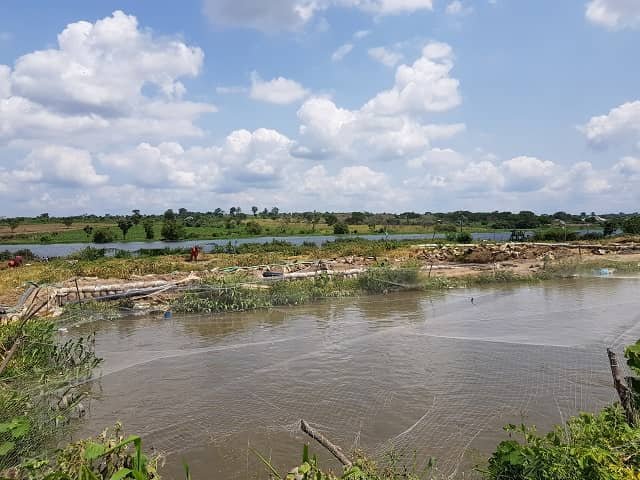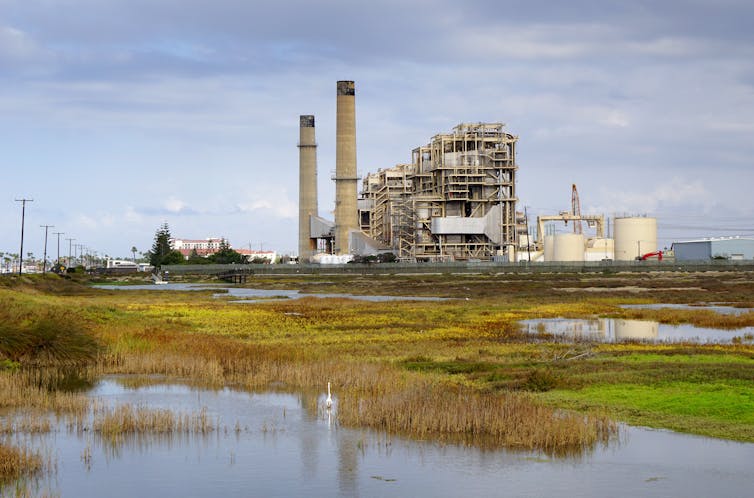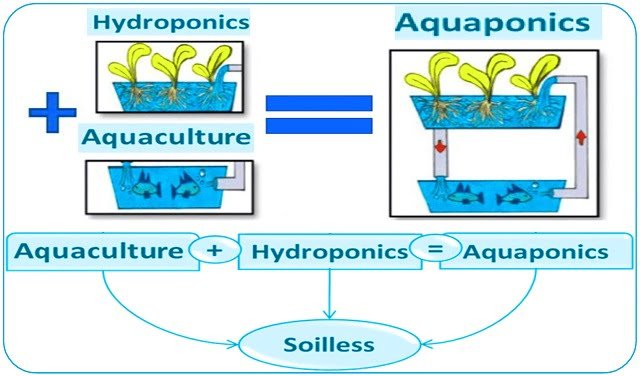
Climate change requires innovative solutions to mitigate greenhouse gas emissions and reduce atmospheric carbon dioxide (CO2) levels. One such promising approach involves harnessing the power of nature itself, particularly aquatic ecosystems.
A recent study published by scientists from Yale University and the University of Connecticut has shed light on a promising strategy: enhancing alkalinity production through iron sulfide formation in low-oxygen aquatic environments, such as aquaculture systems. By introducing reactive iron to surface sediments, these systems can effectively capture and bury sulfide, a byproduct of organic matter decomposition.
Carbon Capture
Lead researcher Mojtaba Fakhraee, an assistant professor of Earth Sciences, states that traditional emission reduction methods are no longer sufficient to keep global temperature rise below 2 degrees Celsius, a goal set by the Paris Agreement.
In recent years, scientists have turned to carbon capture (the process of capturing CO2 emissions from industrial sources) as a potential solution to address climate change alongside traditional efforts to reduce carbon emissions.
Fakhraee, in collaboration with Noah Planavsky, professor of Earth and Planetary Sciences at Yale University, developed a model to explore how alkalinity production through enhanced iron sulfide formation in fish farms and other low-oxygen aquatic environments could offer a cost-effective and efficient way to capture at least 100 million metric tons of CO2 annually.
How Does It Work?
According to the study published in Nature Food, the process involves a complex interplay of chemical and biological reactions. When iron is added to low-oxygen environments, it reacts with sulfide, forming iron sulfide minerals. These minerals are subsequently buried in sediments, effectively removing both iron and sulfide from the water column.
Crucially, this process also sequesters carbon. As organic matter decomposes in the absence of oxygen, it releases carbon dioxide. However, the addition of iron promotes the formation of iron sulfide, which consumes the sulfide produced by decomposition. This, in turn, reduces the amount of organic matter that can decompose anaerobically, leading to a net decrease in CO2 emissions.
Fakhraee notes that the study focuses on fish farms because they are directly influenced by human activities and can serve as an ideal location for carbon capture while simultaneously reducing toxic sulfide concentrations.
Stay Always Informed
Join our communities to instantly receive the most important news, reports, and analysis from the aquaculture industry.
Potential Benefits
This model would be most effective in countries like China and Indonesia, which have abundant fish farms, the authors note. Fakhraee and Planavsky estimate that China alone could remove nearly 100 million metric tons of CO2 from the atmosphere annually.
Fakhraee states that this finding will also have a positive impact on the success of fish farms, as the accumulation of hydrogen sulfide can be toxic to fish, leading to increased mortality rates or causing fish to become too sick to sell. The proposed model would reduce this toxicity, resulting in larger fish populations and more sustainable, profitable operations.
This innovative approach offers a multitude of benefits:
- Carbon Sequestration: By enhancing sulfide burial, this method can significantly reduce CO2 emissions, contributing to climate change mitigation.
- Improved Water Quality: Removing toxic sulfide from aquatic environments can improve water quality and promote healthier ecosystems.
- Sustainable Aquaculture: This approach can help offset the carbon footprint of aquaculture, a rapidly growing industry, making it more sustainable.
- Economic Opportunities: The development of carbon capture and storage technologies, including this one, can create new economic opportunities and jobs.
A Promising Future
While further research is needed to fully understand the potential of this approach, the initial findings are promising. By harnessing the power of nature, we may be able to develop cost-effective and sustainable solutions for one of the most pressing challenges of our time.
Fakhraee emphasizes that this is just one approach to carbon capture. However, if implemented, it could have a significant impact on carbon emissions from fish farms.
“This is just one possible pathway for carbon capture on a meaningful scale,” he states. “The additional benefit of this particular pathway is that it would help neutralize carbon emissions from fish farms, resulting in a more sustainable aquaculture industry.”
As the world grapples with the impacts of climate change, it is imperative to explore innovative, nature-based solutions. Enhanced iron sulfide formation in aquaculture systems represents a significant advancement in our efforts to mitigate climate change and create a more sustainable future.
Contact
Mojtaba Fakhraee
Department of Earth and Planetary Sciences, Yale University
New Haven, CT, USA
Department of Earth Sciences, University of Connecticut
Storrs, CT, USA
Email: mojtaba.fakhraee@yale.edu
Reference
Fakhraee, M., & Planavsky, N. J. (2024). Enhanced sulfide burial in low-oxygen aquatic environments could offset the carbon footprint of aquaculture production. Nature Food, 5(12), 988-994. https://doi.org/10.1038/s43016-024-01077-9
Editor at the digital magazine AquaHoy. He holds a degree in Aquaculture Biology from the National University of Santa (UNS) and a Master’s degree in Science and Innovation Management from the Polytechnic University of Valencia, with postgraduate diplomas in Business Innovation and Innovation Management. He possesses extensive experience in the aquaculture and fisheries sector, having led the Fisheries Innovation Unit of the National Program for Innovation in Fisheries and Aquaculture (PNIPA). He has served as a senior consultant in technology watch, an innovation project formulator and advisor, and a lecturer at UNS. He is a member of the Peruvian College of Biologists and was recognized by the World Aquaculture Society (WAS) in 2016 for his contribution to aquaculture.




